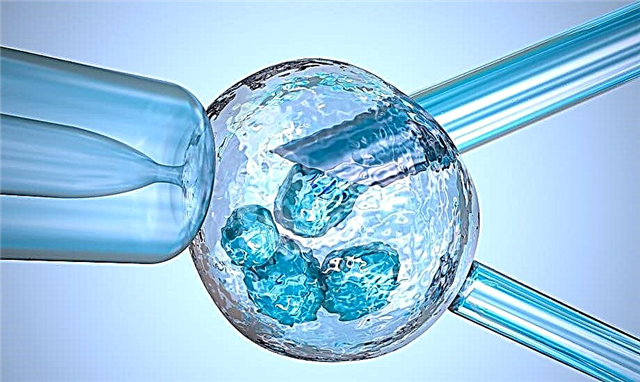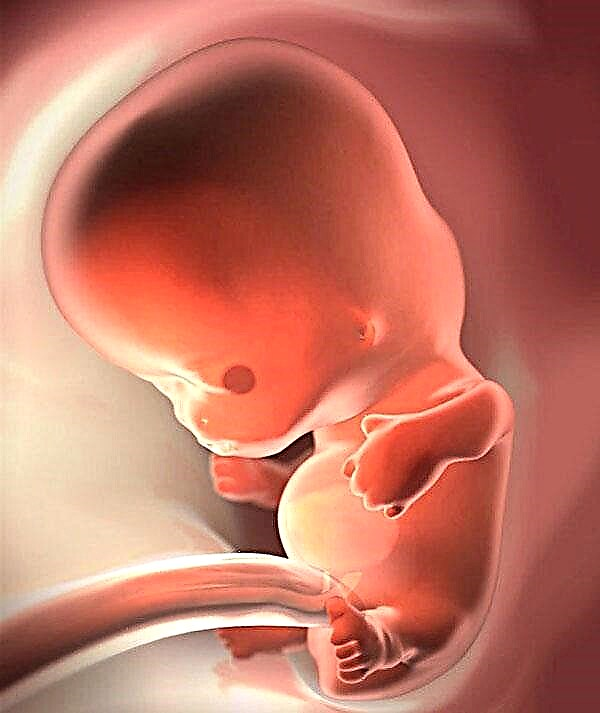
Many women, who closely monitor their well-being in the second phase of the menstrual cycle, are wondering whether it is possible to distinguish PMS (premenstrual syndrome) from pregnancy at the earliest possible stage before delay. This is not an easy task, but a feasible one, if you know how these states are similar and how they differ.
Premenstrual Syndrome: What Is It?
This condition is repeated cyclically, that is, from month to month, and usually women with PMS are well aware of the individual characteristics of the syndrome. PMS always appears in the second half of the cycle, and in some only 2-3 days before the onset of the next menstrual bleeding, and in others, within a couple of days after ovulation. The symptoms of the condition are numerous: headache, tearfulness, and a condition similar to depression, and nausea.
Some people complain of itching, swelling, abdominal pain, tingling in the heart, bloating, and soreness in the breast area. With severe PMS, neurosis often develops.

According to statistics, PMS occurs to varying degrees in every second woman after 30 years and in every fifth woman under the age of 30.
The most common cyclical disease (synonymous with PMS) affects thin asthenic women, impressionable and emotionally unstable.
The reasons for PMS are not known for certain to science. The most convincing is the endocrine version - the effect of the hormone progesterone, which is produced in the second half of the cycle in all women of reproductive age. It is also believed that women who have previously had abortions are more prone to manifestations of PMS, suffer from prolonged stress, who have had gynecological problems and operations.
Progesterone affects the retention of fluids in the tissues, resulting in edema, the breast becomes hard to the touch. An increase in estrogen shortly before menstruation causes a pronounced effect on the brain - a depressive state develops, a woman becomes irritable, she may develop short-term insomnia, and her appetite changes.

Symptoms subside with the next menstrual period.
Can there be pregnancy?
It is believed that such an early stage of pregnancy cannot be accompanied by any characteristic symptoms. During the first week after ovulation and conception, until the ovum is implanted, a woman's condition cannot differ from that of a non-pregnant woman - in both cases, the corpus luteum produces progesterone. It forms on the ovary at the site of a burst follicle.
But if there is a pregnancy, then after implantation (7-9 days after ovulation) the corpus luteum receives powerful hormonal support - its vital activity is supported by the hCG hormone, which is produced by the chorionic villi. If there was no conception, a week after ovulation, the production of progesterone begins to gradually decrease, and after 10-12 days the corpus luteum ceases to exist. Estrogen rises, menstruation begins.

In this way, even if early symptoms appear, then only in the last week before the delay. Usually they are not much different from the signs of PMS, since they are caused by the same action of progesterone.
A woman may experience hot flashes, headaches, her body temperature may rise to subfebrile values, her mood becomes changeable, tearfulness increases, there is a feeling of bloating, chest pains, slight nausea, distortion of the perception of odors may appear. Quite often, a woman begins to suspect she has a cold. - progesterone, which does not decrease a few days before the end of the cycle due to pregnancy, causes a weakening of the immune system.

It is important to understand that these symptoms are not considered reliable signs of pregnancy, since before the delay they can talk about both PMS and the onset of an "interesting situation", and at the same time about a mass of disorders - from intestinal disorder to endocrine disease.
How to determine?
The main thing that will help to find the difference is the typical or atypical condition. If a woman suffers from PMS every month, she usually knows her symptoms well, and will easily notice new sensations that were previously unusual for her. If there was no PMS before, then the question of the differences does not sound correct.
Thus, it is the unusual sensations that should be interpreted in favor of pregnancy, but one should not rely too much on them.

If you ask a doctor about the differences, he will definitely try to determine PMS by the following criteria:
- the woman is aggressive or depressed;
- most of the time a woman is in a bad mood;
- the feeling of fear and anxiety increases, and there are not always reasonable grounds and explanation for this;
- attention decreases, memory deteriorates, a woman gets tired faster;
- have insomnia or drowsiness;
- the presence of edema and painful engorgement of the nipples of the mammary glands.

The detection of 4 or more symptoms indicates that a woman has PMS. If during this period you donate blood for hormones, then almost without doubt it will be possible to establish not only the fact of PMS, but also its type - reduced progesterone is characteristic of the edematous form of the disease, an increase in prolactin in the blood is a sign of cephalgic or neuropsychic PMS.
It is clear that at home a woman will not be able to do tests, and therefore she rushes to the Internet in search of an answer to the question, what are the differences between premenstrual syndrome and early pregnancy.

I would like to immediately warn curious ladies against studying the tables in which there are, to put it mildly, very dubious statements like "with PMS you want salty, and during pregnancy you want sweet." They are not true. Lovers of comparative tables can be offered briefly summarized medical data on the objective condition of a woman at a given period.
Difference table.

With regard to other signs, it can be noted that they can be both early signs of pregnancy, and an individual feature in PMS, the differences are not too pronounced. We are talking about headaches, acne and other symptoms.
Important: sometimes the absence of PMS signs, which have always existed, can be interpreted in the current cycle as a sign of an “interesting situation”.
The difference between premenstrual syndrome and possible early sensations during the onset of pregnancy is small, only very attentive women who know their body well can catch it. How these two conditions differ, sometimes even a doctor cannot determine. But women themselves often feel the hallmarks intuitively, just by listening to themselves.

Reliable diagnosis
It is difficult to talk about a reliable diagnosis before menstruation. In the case of PMS, these are EEG, ECG, hormonal profile tests. In the case of pregnancy, a test. There are highly sensitive test systems that theoretically can be used to detect pregnancy before delay. This test can be done 2-3 days before the date of your period. If ovulation and implantation of the ovum were timely, then by this time signs of the second strip may already appear, which will allow not to confuse PMS and pregnancy, and not engage in empty comparison.
Already at 10-12 DPO (days after ovulation), you can go to any clinic and take a blood test for hCG. With PMS, it will be zero or within 5 mU / ml. During pregnancy - already higher.
If the lower abdomen pulls, atypical discharge (gray, greenish, bloody) has appeared, you need not guess, but immediately consult a doctor - inflammatory, infectious diseases that require qualified medical care are possible.

Useful Tips
Based on the fact that the manifestations of premenstrual syndrome and early pregnancy are very similar, it will be easier for a woman to find out the truth if she takes measures in advance that can reduce the manifestations of PMS (she cannot affect “pregnant” sensations).
Here is a list of recommendations for women who suffer from PMS and fear that they will not be able to distinguish the syndrome from pregnancy:
- Avoid stress in your pregnancy planning cycle and take mild herbal sedatives, such as motherwort, if necessary.
- do not perform feats of labor at work, do not overexert yourself, devote enough time to sleep at night, since it is night sleep that is important for the normal production of many hormones in the human body;
- move more, go hiking, swimming, cycling;
- after ovulation, do not eat large amounts of carbohydrates, sugar, animal fat, salt; in the first and second half of the cycle, you need to severely limit the amount of coffee, strong tea, chocolate, alcohol;
- if necessary, in the second half of the cycle, according to the doctor's prescription, you can take progesterone preparations - they not only maintain the level of this hormone in the norm, but also reduce the manifestations of PMS (but you cannot take such funds on your own, this must be the doctor's appointment).

According to women, the first signs of pregnancy are often perceived as PMS, and vice versa. Most often, the exact day on which menstruation should begin helps to accurately distinguish the conditions. During pregnancy, the symptoms do not diminish, do not diminish either on this date or after it. The most successful were the cycles in which the woman relaxed, stopped looking for differences and was nervous about this.



